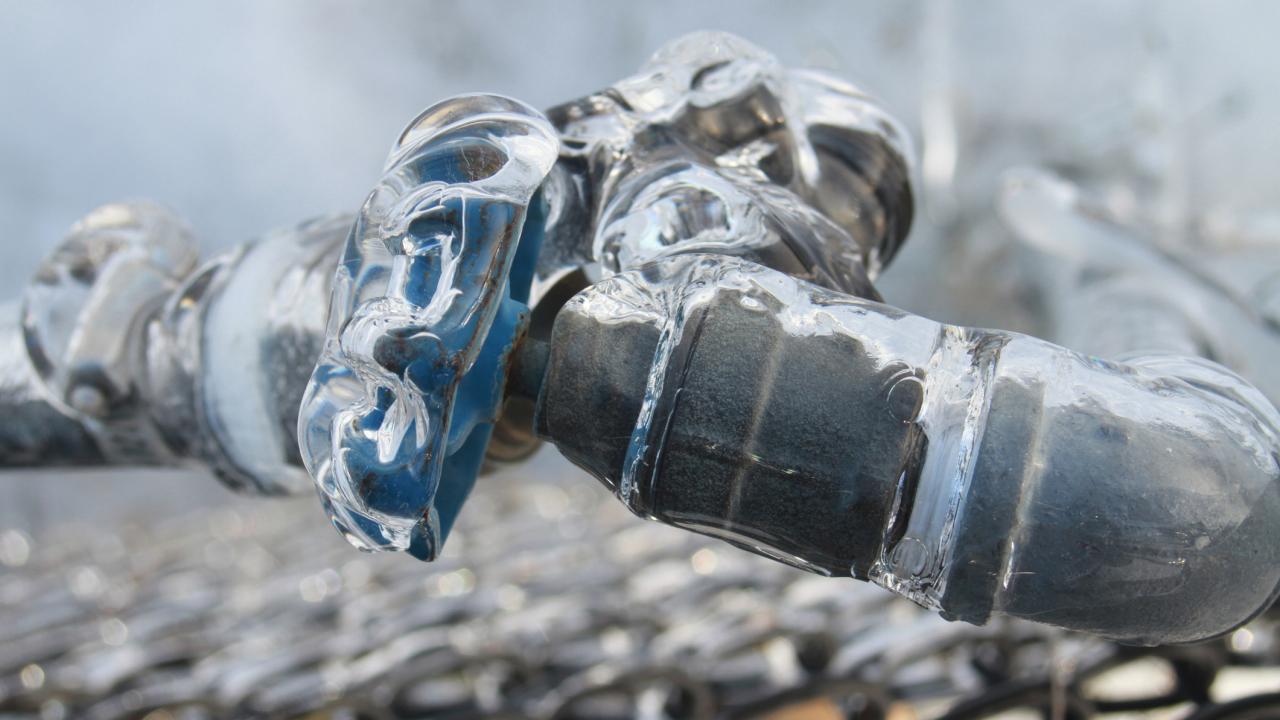Have you been looking for answers around How To Avoid Freezing Pipes?

Winter can ruin your plumbing, particularly by freezing pipelines. Here's exactly how to stop it from occurring and what to do if it does.
Intro
As temperature levels decline, the threat of frozen pipes increases, possibly leading to pricey fixings and water damages. Comprehending how to stop icy pipes is essential for homeowners in cool climates.
Avoidance Tips
Shielding susceptible pipelines
Wrap pipelines in insulation sleeves or utilize warmth tape to safeguard them from freezing temperature levels. Focus on pipelines in unheated or exterior locations of the home.
Home heating techniques
Maintain indoor spaces appropriately heated, particularly locations with pipes. Open cupboard doors to enable cozy air to flow around pipes under sinks.
How to determine frozen pipelines
Try to find lowered water circulation from taps, uncommon smells or sounds from pipelines, and noticeable frost on revealed pipelines.
Long-Term Solutions
Architectural changes
Take into consideration rerouting pipelines away from exterior walls or unheated areas. Add extra insulation to attics, cellars, and crawl spaces.
Updating insulation
Invest in high-quality insulation for pipelines, attics, and wall surfaces. Proper insulation assists preserve constant temperatures and decreases the danger of icy pipes.
Shielding Exterior Pipes
Yard pipes and outside faucets
Separate and drain yard hose pipes prior to winter. Mount frost-proof faucets or cover outdoor taps with insulated caps.
Recognizing Frozen Pipelines
What creates pipes to ice up?
Pipes freeze when exposed to temperatures listed below 32 ° F (0 ° C) for extended durations. As water inside the pipes freezes, it increases, putting pressure on the pipeline wall surfaces and potentially triggering them to break.
Risks and damages
Frozen pipes can cause water supply interruptions, property damages, and pricey repairs. Ruptured pipelines can flooding homes and create substantial structural damage.
Indications of Frozen Water Lines
Determining frozen pipes early can prevent them from breaking.
What to Do If Your Pipelines Freeze
Immediate actions to take
If you think icy pipelines, keep taps available to alleviate stress as the ice melts. Make use of a hairdryer or towels taken in hot water to thaw pipes gradually.
Verdict
Preventing frozen pipes calls for positive steps and quick reactions. By understanding the causes, indications, and preventive measures, homeowners can secure their plumbing during cold weather.
5 Ways to Prevent Frozen Pipes
Drain Outdoor Faucets and Disconnect Hoses
First, close the shut-off valve that controls the flow of water in the pipe to your outdoor faucet. Then, head outside to disconnect and drain your hose and open the outdoor faucet to allow the water to completely drain out of the line. Turn off the faucet when done. Finally, head back to the shut-off valve and drain the remaining water inside the pipe into a bucket or container. Additionally, if you have a home irrigation system, you should consider hiring an expert to clear the system of water each year.
Insulate Pipes
One of the best and most cost-effective methods for preventing frozen water pipes is to wrap your pipes with insulation. This is especially important for areas in your home that aren’t exposed to heat, such as an attic. We suggest using foam sleeves, which can typically be found at your local hardware store.
Keep Heat Running at 65
Your pipes are located inside your walls, and the temperature there is much colder than the rest of the house. To prevent your pipes from freezing, The Insurance Information Institute suggests that you keep your home heated to at least 65 degrees, even when traveling. You may want to invest in smart devices that can keep an eye on the temperature in your home while you’re away.
Leave Water Dripping
Moving water — even a small trickle — can prevent ice from forming inside your pipes. When freezing temps are imminent, start a drip of water from all faucets that serve exposed pipes. Leaving a few faucets running will also help relieve pressure inside the pipes and help prevent a rupture if the water inside freezes.
Open Cupboard Doors
Warm your kitchen and bathroom pipes by opening cupboards and vanities. You should also leave your interior doors ajar to help warm air circulate evenly throughout your home.

I hope you enjoyed reading our article on How to Prevent Your Pipes From Freezing. Thanks for taking the time to read our blog. You should set aside a second to distribute this entry if you liked it. Thank-you for your time spent reading it.
Call Today